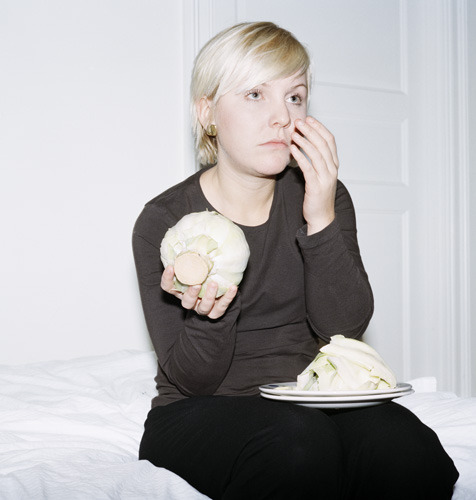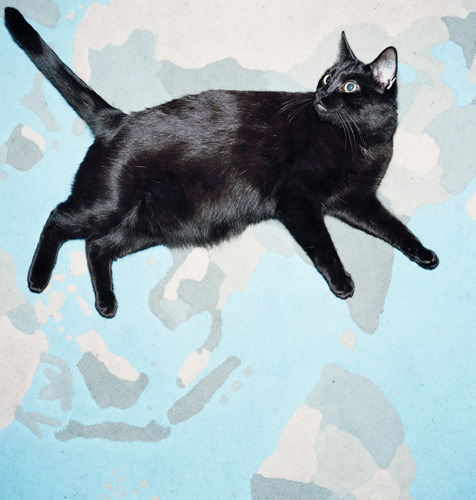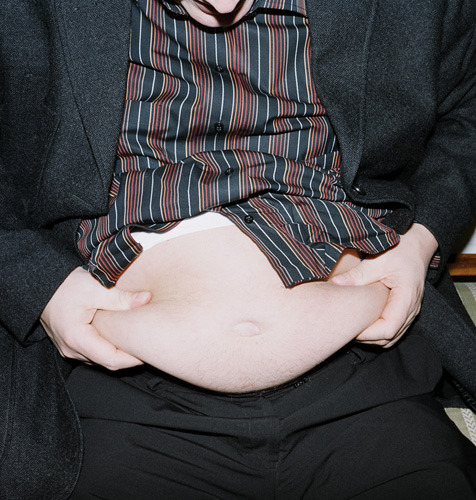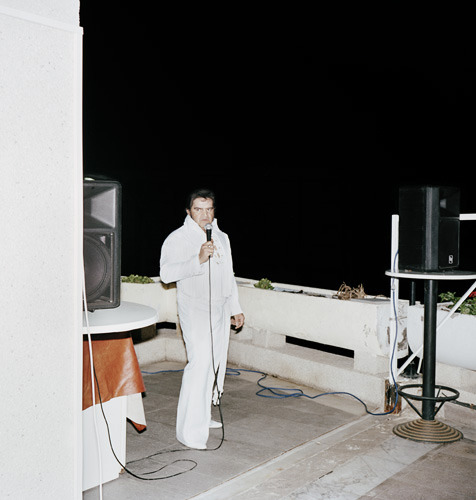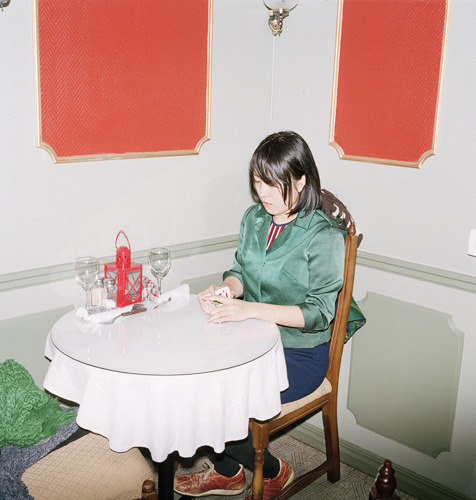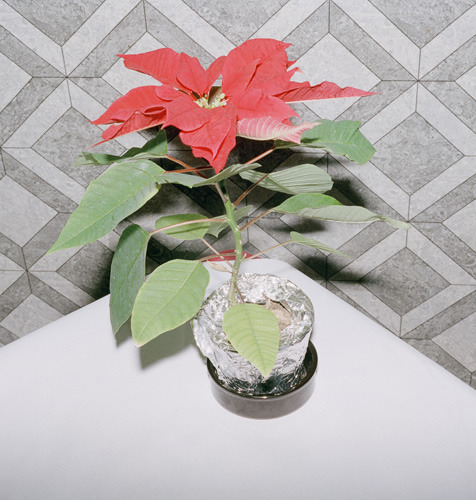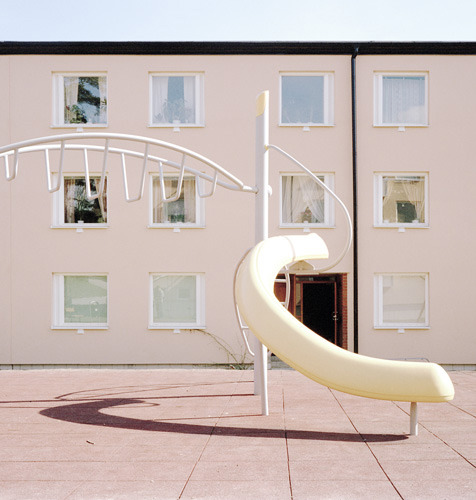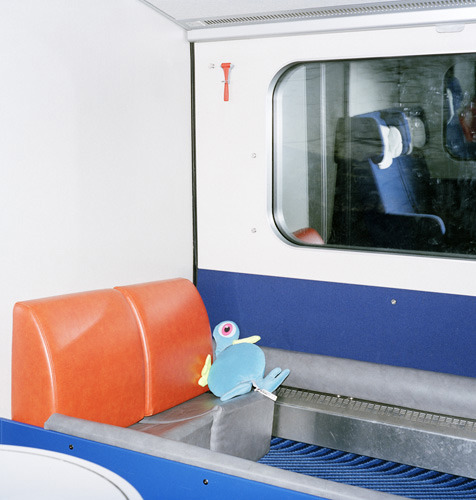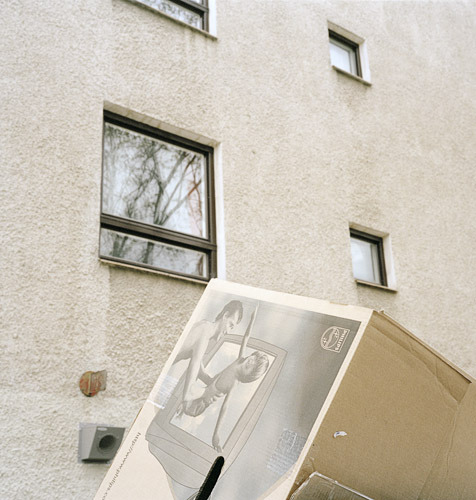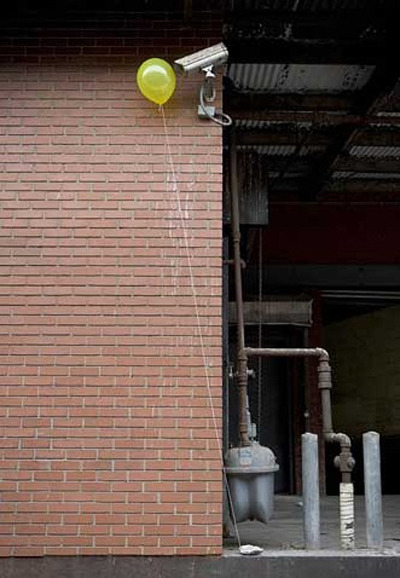
... hack a security camera with a helium balloon
easy way to fool even the most sophisticated forms of surveillance technology.
clever intervention by William Lamson
via via

John Cage.New York, 1964
Ugo Mulas is on display at Galleria d'Arte Moderna in Turin. The focus is on the photographer's relationship with the art scene of his time. At 1964 Biennale he meets the art critic Alan Solomon, the art dealer Leo Castelli and many other Pop Art American artists. He decides immediately to leave for New York. His first trip in 1964 is followed by other visits to the city in 1965 and 1967, during which he puts together an extraordinary body of images that document New York art world.
The exhibition is on view until October 5, 2008.
Roy Lichtenstein, New York 1964
Andy Warhol, New York 1964
Fausto Melotti, Maggio 1970
Alik Cavaliere osserva una scultura di David Smith.
XXIX Esposizione Biennale Internazionale d’Arte, 1958
Edie Sedgwick e Andy Warhol.
New York, 1964
Giorgio De Chirico, 1968
Marcel Duchamp.
New York, 1964-1965
John Cage.
New York, 1964

What is Australia like? There are those that are interested in sport, those that are political, those that like to travel, those that like to just sit and watch, others who don’t mind waiting and those that like to do. There are also those who are interested in popular culture, others who are into architecture and others still who are into sci-fi or environmental issues. There is also a lot of space and it never really gets cold.
This program is not about narratives but about what is.

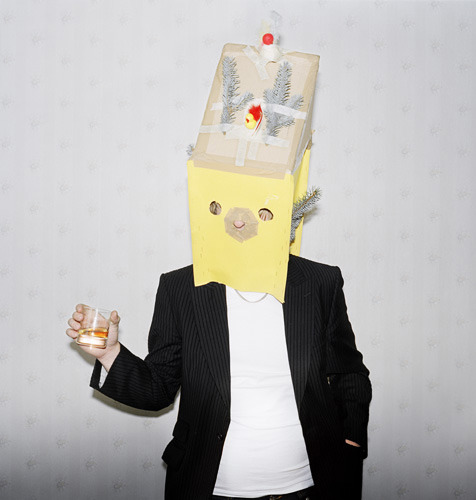
Thobias Faeldt collects photographs and compiles them, like notes in a diary, into stories and narratives. It is never clear whether they are his own images and experiences or simple collations of found imaginery. Together they culminate in a one fictional year of a life, Year One.
